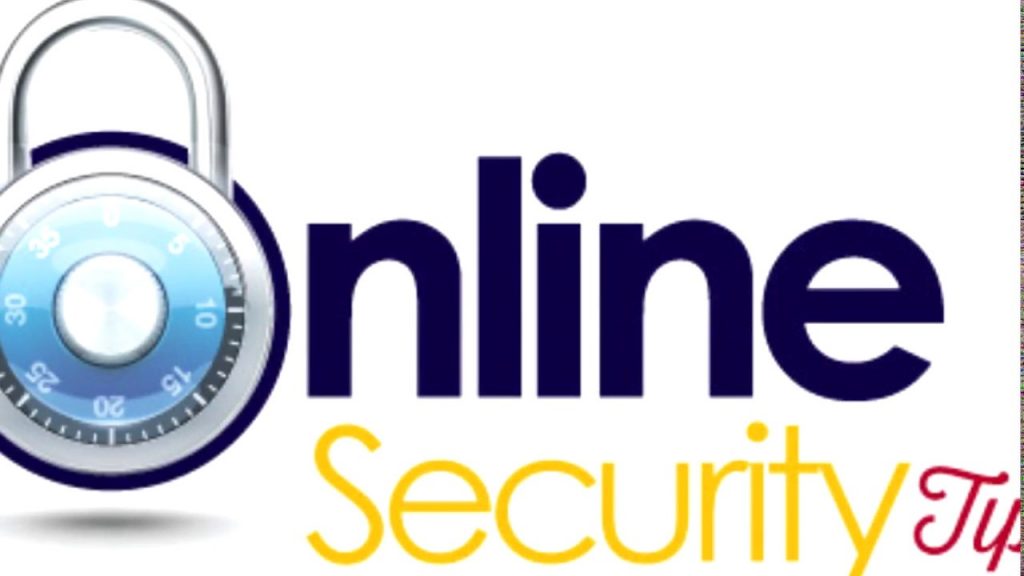Whether it is bill payments, funds transfer or shopping, online banking is becoming more and more popular each day as internet banking allows you to do it in a fast and convenient way.
Instead of going to the bank and waiting in an unending queue, internet banking has made all banking functions accessible through a few clicks. However, it can be dangerous too, thanks to hackers and frauds.
Follow these safety steps for online banking.
- Access your accounts from a secure location: It’s always best practice to connect to your bank using computers and networks you know and trust.
- Create a strong password: Make sure you choose a strong password. The best way to achieve this is by making it long and a mix of upper and lower case letters, numbers, and special characters.
- Secure your computer and keep it up-to-date: Security software is essential these days, regardless of what you use your computer for. As a minimum, make sure you have a firewall turned on and are running antivirus software. This will ensure you are protected from malware that could be used to gain access to your financial data.
- Set up account notifications: Some banks offer a facility for customers to set up text or email notifications to alert them. For example, if a withdrawal matches or exceeds a specified amount or the account balance dips below a certain point then a message will be sent.
- Always log out when you are done: It is good practice to always log out of your online banking session when you have finished your business. This will lessen the chances of falling prey to session hijacking and cross-site scripting exploits.
